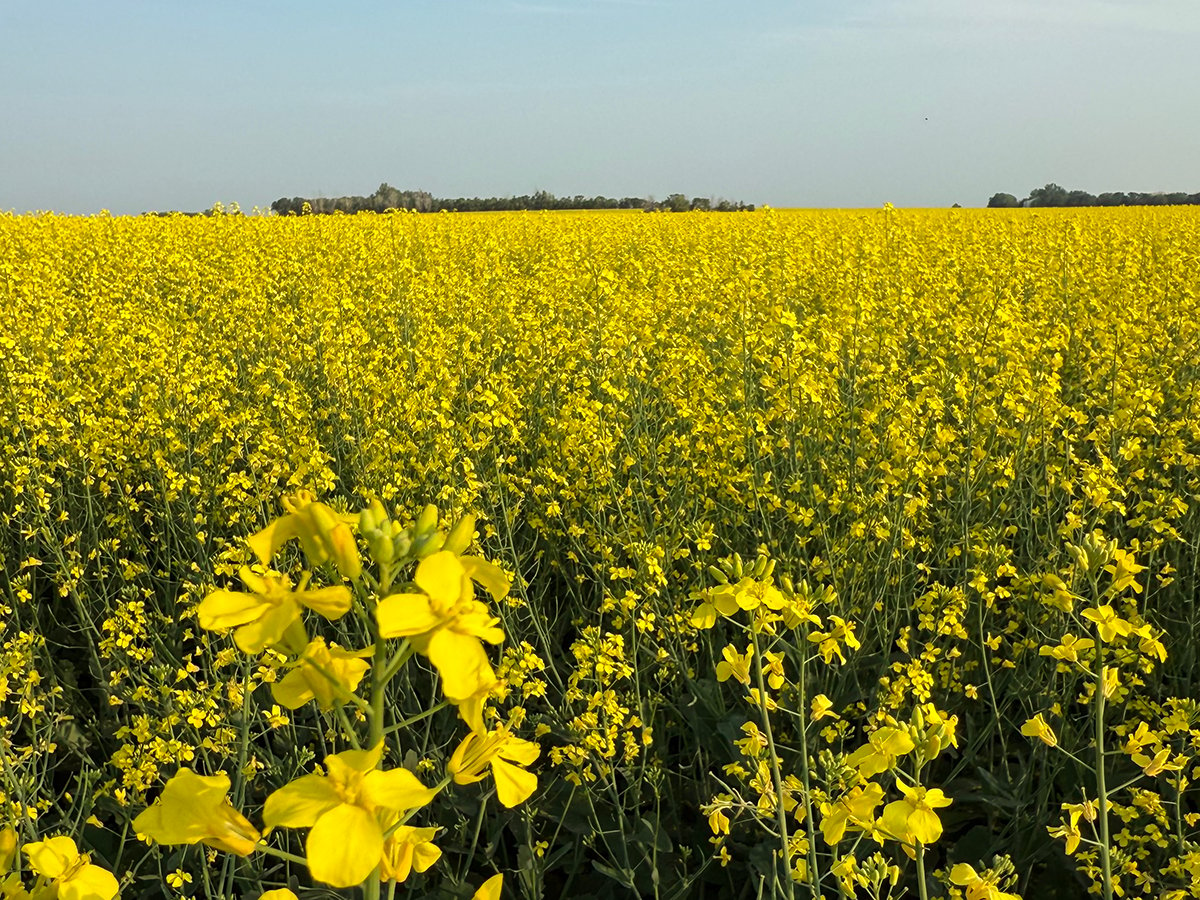BANFF, Alta. – Most farmers know what biosecurity is but a recent study in Quebec shows few practice it.
Doctoral candidate Marie-Eve Lambert of the University of Montreal conducted surveys and on-farm visits to two hog production areas in the Monteregie and Estrie regions of Quebec. More than 120 sites encompassing weaner farms, farrowing and finishing units were involved.
The study wanted to learn if farms close to each other had similar strains of porcine reproductive and respiratory syndrome (PRSS). Biosecurity measures were also checked.
“For years we thought everything had been said about biosecurity and everything had been put in practice,” she said at the Banff Pork seminar Jan. 22. She suspects similar conditions exist across Canada.
Read Also

Canola support gets mixed response
A series of canola industry support measures announced by the federal government are being met with mixed reviews.
Hog barn employees need to understand why they have to do these things.
“A theory is useless if it is not applied properly,” she said.
She found farms where visitors were not controlled, staff moved freely through the barns without washing, and dogs and cats roamed among the pigs. Showers, foot baths and changes of clothing were available but were often ignored.
Biosecurity breaches occur at different areas of a farm where animals reside, spreading diseases like PRSS, said veterinarian Laura Batista of the Quebec pork development centre.
“There is no magical control for PRSS control. We need to work on biosecurity,” she said.
Random audits are needed to assess biosecurity to see what people are doing and determine if the farm is high or low risk. Recommendations could be offered on what needs improvement and common sense should be applied rather than absurd measures that people do not understand, Batista said.
In her studies, Lambert offered suggestions to prevent disease transmission that included hand washing stations with enough paper towels to dry hands properly. She found only 10 percent of producers asked people to wash their hands with hot water and soap before entering and leaving a facility.
Rubber boots need to be inside each unit of the farm and disposable plastic boots should be given to visitors. Foot baths should be included.
“The proper application is the key to success. If you are not using disinfectant or the water is dirty, it is not effective. You have to wonder if you’re doing any good,” she said.
Realizing it is hard to get people to shower in and shower out four or five times a day when they move between barns, a farm could install the Danish system where dirty, intermediate and clean zones are set up before anyone enters a unit. Only 15 percent of farms surveyed used this system, in which outside clothes and boots are left in the dirty zone before workers move into the clean area where clean boots and clothes are waiting.
Insect controls are hard to gauge.
“Some producers were never happy with their fly control. Some were almost eating flies without paying attention to them,” she said.
More farms needed parking areas to keep vehicles at least 30 metres away from barns to prevent pathogens coming in on the wheels. Trucks need to be washed and disinfected. This is easier for contract companies than private haulers.
There should be proper shipping and receiving areas and truckers should not be allowed into the barns.















